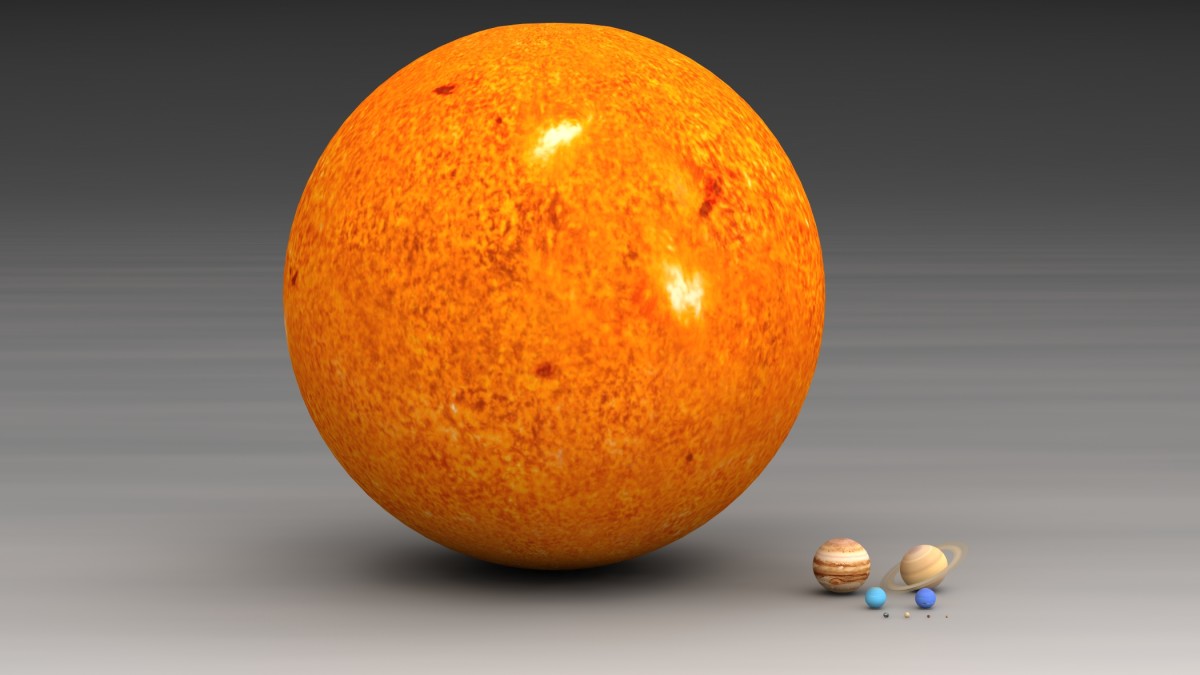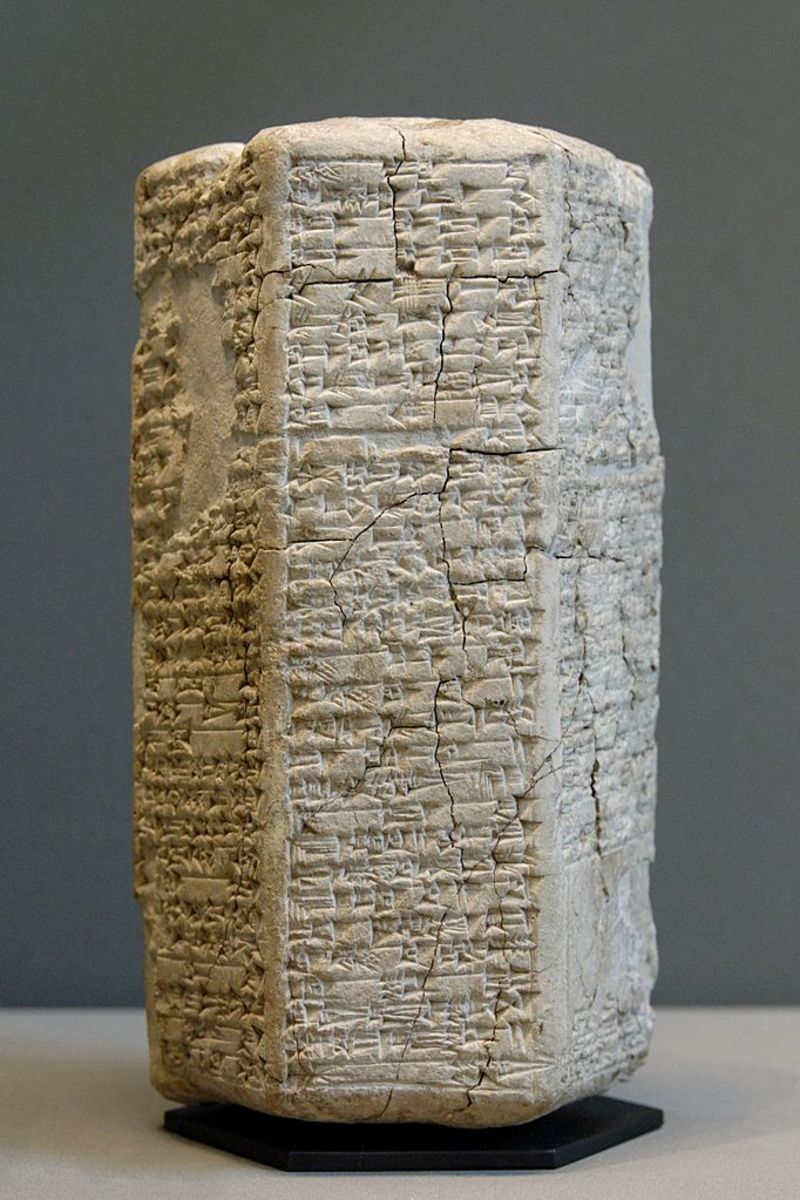The History of Astronomy
Many ancient instruments, writings and structures are atronomy oriented.
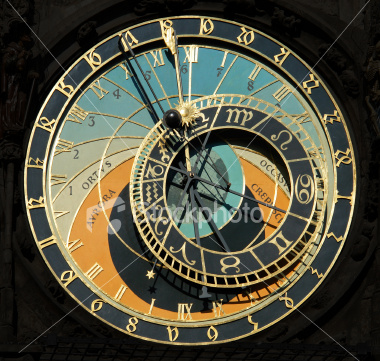
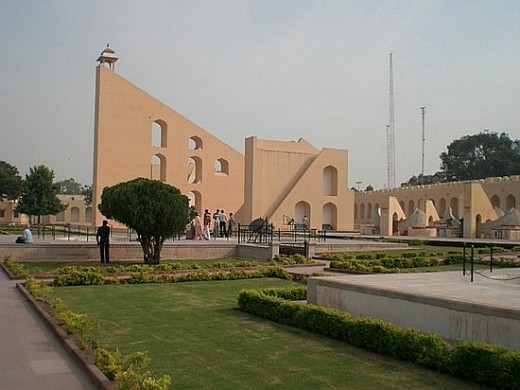
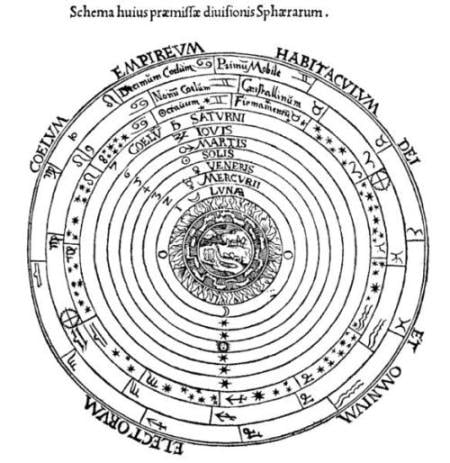
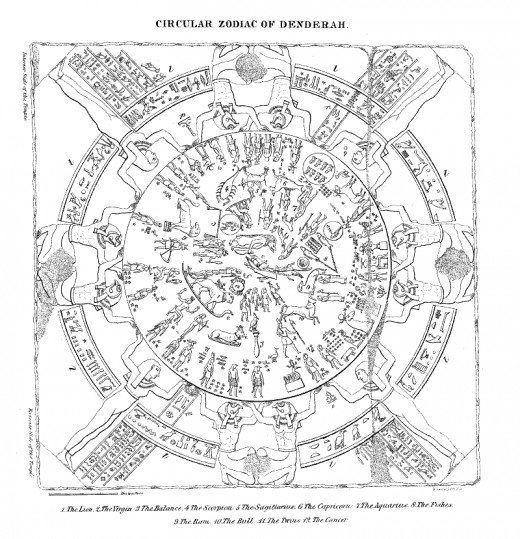
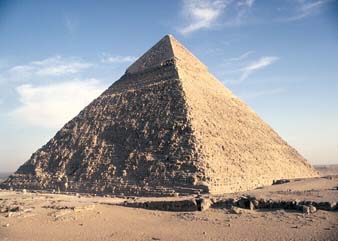
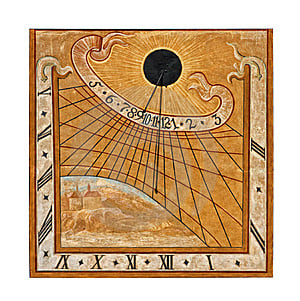
Astronomy and astrology are universal around the world as the center of focua for timing events on earth
The beginnings of civilization are founded in part on astronomy. Astronomy once identified and linked with and as one with astrology was about linking sky events with those on Earth. Thus the old adage "As above, so below" became the core idea that linked the sky with all that was fated on Earth. All ancient monuments and great megalithic structures are oriented to the stars. If anything was true of ancient civilizations up to the current era, is that fact that they were and are sky obsessed. Structures oriented to the sun, moon, planets and the stars, whether found in Teotihuacan, Chitzen Itza, Machu Pichu, Angor Wat, Egypt, China, India, Stonehenge and even sites now underwater like off the coast of Japan. From earliest beginnings, great structures and written mythological documents were all linked to the sky and the many cycles found therein.
From the outset of civilization, particularly those that engaged in agriculture and animal husbandry, links were made with the seasons and the passage of the sun, moon and the stars. From the daily and annual track of the sun, to the cycles of the moon and the apparent movement of the stars, all were noted and remembered in great epic poems and mythologies, even before the recorded world. All of this is linked with natural cycles, so even before anything was spoken, memorized and written down, humanity followed the natural rhythms laid down by the natural relations of the Earth and the all in the heavens. It was with the development of early civilization that we can see the direct links with the observations of the heavenly phenomena and how events were laid out in accordance to that and what was expected by natural occurrences on Earth.
A great catastrophe stuck the Earth 12,600 years ago, inundating much of the coastlines and submerging many ancient structures. One of note lies off the coast of Southeast near Yonaguniji-jima, Japan under hundreds of feet of water. It is a huge stepped pyramid structure complete with doorways, stepped structures and sculptures of faces, likely gods and the like. The entire structure is oriented east-west as would be expected for anything tracking the sun as seen in structures of more recent historical times. This was once on dry land as a nearby cave complete with stalagmites and stalactites exist and these structures can only form above existing ocean levels. The whole structure was likely inundated and not submerged by an earthquake as it is quite intact with little damage. Other sites exist around the world such as in the Mediterranean and off the coast of Bengal India. These prove the existence of ancient civilization and that in at least one case, that they were obsessed sky watchers. It also proves that there was a meltdown due to a global warming.
The Younger Dryas marked the end of the last ice age. After this the climate warmed abruptly in two main stages and generally remained that way to the present. As a result, sea levels rose some 400 feet flooding many low-lying areas. Many huge complexes that have a man-made appearance have been found under water in sea coastal areas of many countries. The end coincides for the period designated as the end of Atlantis and the period of a great catastrophe for the deeper sites. Ice cores from Greenland, Antarctica and the Himalayas tell us some interesting things. The Younger Dryas, the last cold gasp of the ice age ended between approximately 12,800 to 11,500 years ago. Radiocarbon dating allows us to say that the Younger Dryas ended about 11,500 years ago, with the others spread over the few millennia before that. The meltdown occurred in several discrete stages and with each one, civilization moved inland to the new higher coastline.
The account of Atlantis recorded by Plato of a discourse between several philosophers, one of who had visited Egypt and gotten the story from the Egyptian priests, recounts of the civilization of Atlantis that grew to great power and technology. What might have been available by written account in Egypt was lost when the library at Alexandria burnt to the ground, wiping out much recorded knowledge. Around the world have been found ancient temple sites aligned to constellations that would have been in the sky at crucial points of the year for 10,600 BC. Such places are the Sphinx and great Pyramid of Egypt, Teotihuacan, Angor Wat, Machu Pichu and other megalithic sites. In addition, there are other megalithic sites that aren't quite as ancient, but intriguing nonetheless due to their astronomical accuracy. Some of these boast a calendar that exceeds ours in accuracy. The most accurate one was in use by the Maya that kept a long count extending for a cycle of 5,125 years, 110 days, the culmination of the current one being in the year 2010 at winter solstice. This calendar as indicated by them was obtained from the Olmecs, an older Mesoamerican civilization. The calendar used three meshing cycles tuned to the Sun, Venus and a sacred count. The length of the recorded year as given by them exceeds the standard we use in common, being 365.25 days to their 365.2422 days. These are some of the tantalizing hints of ancient astronomy that found its way into the calendar rounds. The Maya trace their roots to August 8, 3116 BC at what they called the birth of Venus. What exists by way of these more ancient structures is intriguing due to the huge size and weight of the individual closely interlocking stones that we would have extreme difficulty in moving, even with our technology. Some of these structures are located high in the mountains in difficult to approach sites. Yet we are to believe that these stones were carved out with primitive tools and dragged into position. We’ve even tried to do such a thing in contemporary times and failed miserably. In Egypt stands the world’s smallest pyramid build by the primitive cutting and drag and drop method as conceived by some archeologists. The entire weight of the diminutive structure can be easily absorbed by just one of Egypt’s larger obelisks. By comparison, one of the oldest pyramids is also one of the largest man made structure on Earth outside of the Great Wall of China.
After this we find the megalithic structures such as Stonehenge that has now been determined to sight the time of the winter solstice and the equinoxes. The Stonehenge megalith also tells us that the spring equinox rising point has shifted due to the nutation of the Earth's poles. The Earth was inclined at a slightly sharper angle to the ecliptic at the time that Stonehenge was in use several many millennium ago. Alongside Stonehenge in history is the Sphinx, thought by some to be far older than the pyramids on the Giza plateau. According to the theory, the Sphinx was thought to have been built in the time when Leo was at the spring equinox. The Great Pyramid was built during the time of the Fourth Dynasty of Egypt and was oriented to Orion, the North Pole star; Draconis Alpha at that time and other important astronomical factors such as the east-west point. According to some theoreticians, the structure of the pyramid and its measurements is a monument in stone of important astronomical measures like the sidereal days of the year, measurements of the earth and other relationships. Some state that many of the measurements also describe periods of time, but much of it needs objective research.
After the fall of the Egyptian Fourth Dynasty, astronomy was carried forward by following Egyptian dynasties, the Babylonians, the Persians, the Greeks and Romans. The Babylonian contribution to astronomy is the noting of the complex cycles of eclipses in what is known as the Saros series. From the Greeks, who likely got it elsewhere, we have the knowledge of the Metonic cycle of the moon that tracked the 19 year cycle of the moon, where an important lunation event would occur on the same day of the same month once every 19 years. There was a loss of knowledge due to a great natural catastrophe that resulted in a 200 year long drought in Egypt. The year slipped to a 360 day year which was carried forward to Roman times where it once again approached the more modern awareness, but there was no account for leap year. The Hindus however, managed to keep track of the year more accurately which is reflected in their sidereal astrology. Aside from Alexander the Great, there was little contact between India and the rest of the world until much later. India held a repository of astronomy in epic poems, the Vedas and in observatories. They have a sidereal system of astronomy that they keep to this day and even have a calculation to translate their astronomy with western tropical calculations. India mapped their astronomy-astrology using the moon and divided the sky into 27 mansions. China also had their sky watchers and noted things like comets and super-novas.
During the dark ages, astronomy passed into the hands of the Arabic culture. The Arabs are responsible for our modern star names, algebra and the various devices used by sailors to navigate by the stars. They also cataloged more than a thousand important naked eye stars by our modern equivalent of declination and right ascension. While this was going on, Europe was in the dark ages, where nothing of astronomical note occurred. It took the influence of the Arabs to bring sophisticated astronomical knowledge to Europe. While the Proclus system of a heliocentric solar system existed for thousands of years, by and large the western world under the influence of the church kept to the Ptolemaic geocentric position where everything moved around a static Earth. It took until the use of the telescope to bring clearer focus on western astronomy. Copernicus progressed the perfecting of lenses in order to more clearly observe the moon, sun and planets and found things that went against the teachings of the church. He had to recant his findings on pain of excommunication and being burned alive at the stake. Among his findings was a heliocentric view and of sunspots, both of which the church rejected because it suggested that the heavens were not perfect and heaven was the abode of God and thus had to be perfect. This was heresy and the church was at the time involved in witch hunts and eliminating demonology.
Nevertheless, such findings could not be restrained forever, and followers of Copernicus like Newton and Tycho Brahe lent further support to the heliocentric method. Newton especially with his three laws of celestial motion based on gravity, virtually proved the heliocentric approach as being far more accurate than the epicycle calculations needed in geocentric calculations. Newton also co-invented along with Leibniz, the calculus that became indispensable for calculating planetary movements. Newtonian mechanics held until Einstein developed general relativity; most of which has been observationally and experimentally proven. Astronomers such as Lagrange, Bournelli, LaPlace, Poincare et al found interesting facts about gravity that have been born out by observation in the modern era.
The modern era really began with Einstein's theory of special and general relativity. Einstein was also responsible for the development of quantum theory which was born in his 1905 paper on the photoelectric effect. He even invented the word quanta, which was to come into use widely by cosmologists later right up to modern times. Curiously, Einstein was always opposed to quantum theory, stating to even the likes of Max Planck that "God does not play dice with the universe". The first half of the 20th century saw a battle between Einstein and the quantum school. The 20th century saw an enormous amount of advances in all areas of observation, especially based on refined observation techniques and rocketry that allowed us to observe the cosmos from the best platform yet; space itself. The advent of microwave astronomy, infra-red astronomy, and radio astronomy, x-ray and gamma astronomy in addition to visible light astronomy has revealed things never seen before in the history of the sum of civilization. From a closed system of crystalline spheres and the movement of the heavens, the sun, moon, planets and stars around the Earth, we have moved to a virtually infinite cosmos in which we are virtually a dust speck somewhere in the midst of a truly vast, complex and evolving structure of the universe itself.






